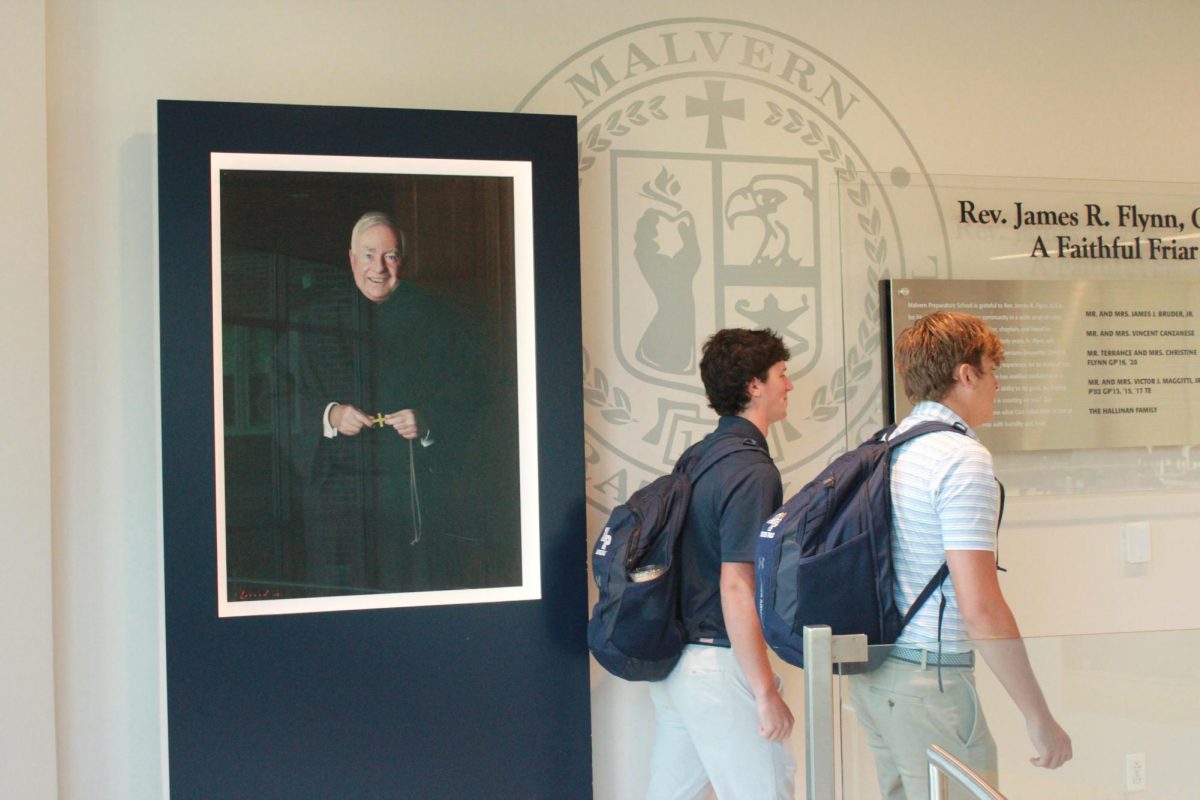What’s your GPA? The famed question is posed to students all over Malvern’s campus. Across the country, grade point averages, or GPAs, are used to represent a student’s academic achievement. In short, a GPA summarizes a student’s learning by assigning number values to a student’s class and grade earned. Being key for college admissions and gaining access to awards and honor societies, a GPA should be a strong designation about a student’s intelligence, work ethic, and discipline.
Every school chooses what GPA scale suits them best. For Malvern, it’s the Alpha GPA scale traditionally weighted in the 4.0 range. Using arguably the most conventional and common range, the scale takes an established approach to measure a student’s academic prowess. The scale assigns grade values to each class taken by considering two factors: performance and class rigor. Advanced Placement (AP) and honors courses, being regarded as the hardest that Malvern offers, are rewarded with the highest grade bump.
“If students take AP, they receive the highest grade boost. It’s followed by honors and academic courses. It makes sense that if a student is taking all academic classes, his GPA won’t be as high as an AP student doing similar work,” Mr. Ian Harkness, Director of College Counseling said.
Other schools across the country take different approaches to GPAs. Popular alternatives include an unweighted 4.0 GPA scale, which doesn’t consider course difficulty, and a 100% scale, where students are also given bumps for difficulty. Nearby, Conestoga High School, a nationally ranked high school and academic powerhouse, uses a 4.0 weighted GPA but with heavier grade bumps for AP and honors courses.
Being more than just a topic of conversation after grades come out, Malvern students’ GPAs play a significant role in students’ lives. Affecting academic culture, college admissions, awards, and honor societies, GPAs can make or break opportunities during and after high school. This is especially prevalent for recruited athletes, where recruiting standards are set and excellence is expected.
Jack Carroll ‘25, a member of the Bellesini Honor Society and Cornell lacrosse commit, explained how academics played a big role in his recruitment to play collegiate lacrosse.
“My GPA was a big part of the recruiting process because it helped me gain traction. From an academic perspective, Malvern sets up students with great course offerings and a rigorous academic setting… I could definitely nitpick details in our GPA scale like the specific weighting, but in the bigger picture, it does all of the important things right… and I think that’s why so many athletes from Malvern are being recruited to the best academic schools,” Carroll said.
As emphasized by Carroll, Malvern’s focus is college preparation. There is so much more to a student than the GPA on the bottom line of his transcript. Harkness stressed the fact that Malvern GPAs are easily understood and serve students well in higher admissions.
“Coming from Gettysburg [College] in the college admission world, [the Alpha system] made sense to me… From the college admission perspective, they’re taking hundreds of high school grading scales and making sense of it. At the end of the day, it matters more how you challenge yourself within the context of your school,” Harkness said.
Though GPAs may not be a concern for the college picture due to many colleges recalculating with their own scale, some students worry that the Alpha scale isn’t sound in its other functions, like comparing multiple students from Malvern with one another.
“To me, the scale misrepresents and doesn’t evaluate students at Malvern well. Especially as a junior, I’ve noticed that two students with the same GPA can have drastically different classes and experiences. One student with a 4.1 may take many AP classes achieving A- or B+, while another may be taking only academic classes and receiving As,” an anonymous junior said. “No GPA scale is perfect, but I think our scale’s major fault is that it’s so easy to inflate with easier classes and be deceiving.”
Another student, Sean Martin ‘25, appreciates the weighted aspect accounting for class rigor but wishes it was a bigger factor.
“While I appreciate that Malvern’s scale boosts harder classes, I wish our GPA had even higher bumps like other weighted 4.0 scales. Because the difference in evaluation between honors classes and AP is almost negligible, I feel that AP students are disadvantaged in getting a good GPA. This affects our placement into the Bellesini Honor Society or scholarships and ruins possible GPA comparisons between different students at Malvern,” Martin said.
As Martin mentioned, the Bellesini Honor Society is awarded to the top 15% of the Malvern junior class, judging by GPA. Will Cipollone ‘25 noted how students could potentially game their transcript and course choices to achieve the highest GPA.
“Students are smart, and they know how to game their GPAs. Personally, I know students that select courses for the purpose of boosting their GPA, whether it’s by opting for academic-level classes, choosing easier honors classes or avoiding [Mr.] Roper and APs… It just seems ingenuine, and ruins what [GPAs] are for,” Cipollone said.
Ultimately, each GPA scale has its pros and cons. Malvern sets the standard for students to follow, and with the Alpha scale in use, students really only need to be worrying about one thing: doing the best work they can in the hardest and most engaging classes.
“For the future of students, I’d argue that a GPA is the most predictive part of any application. Beyond [the complications of calculating GPAs], there is a good process to account for those who aren’t taking the hardest route, both in high school and college admissions,” Harkness said.







